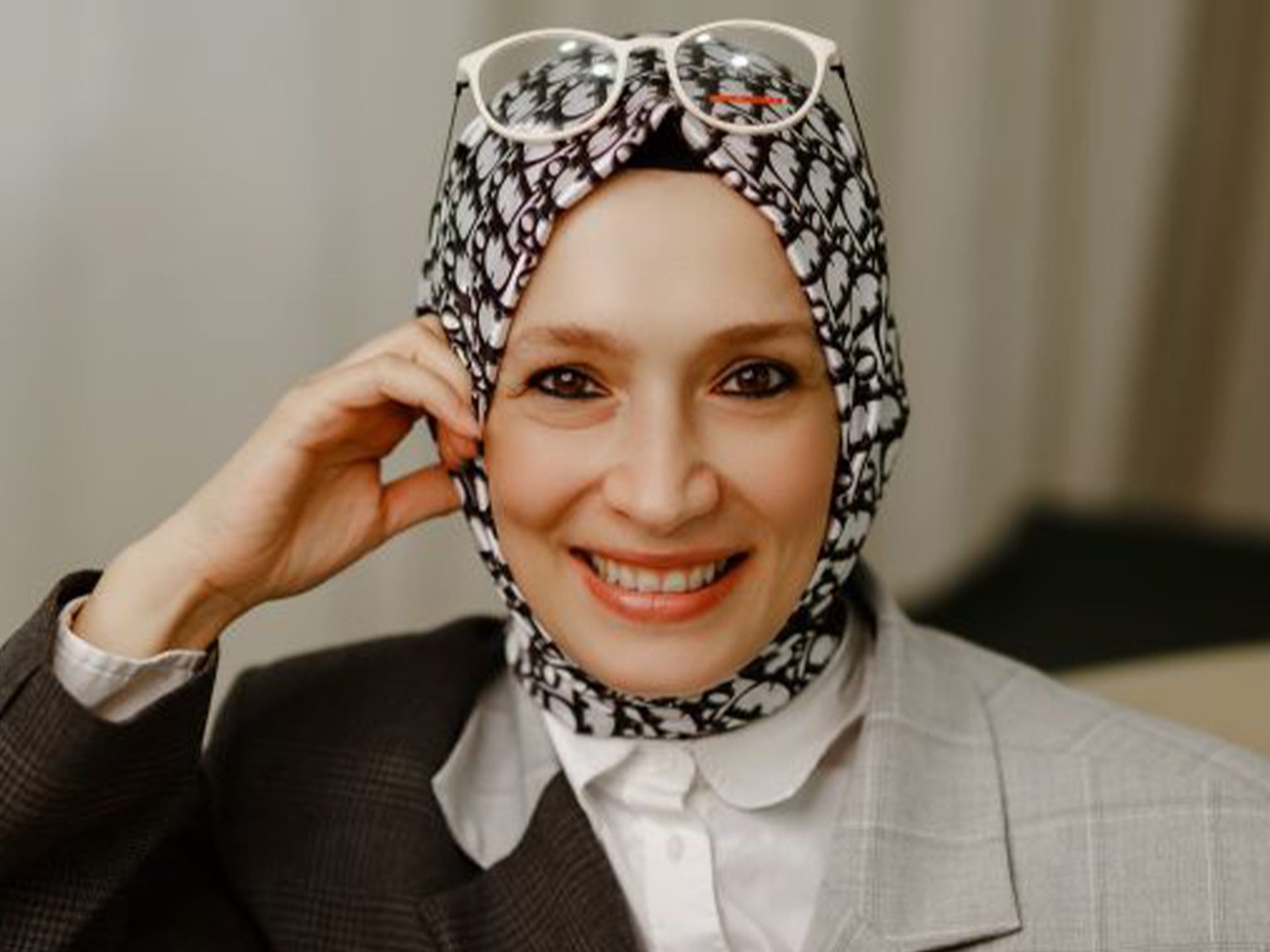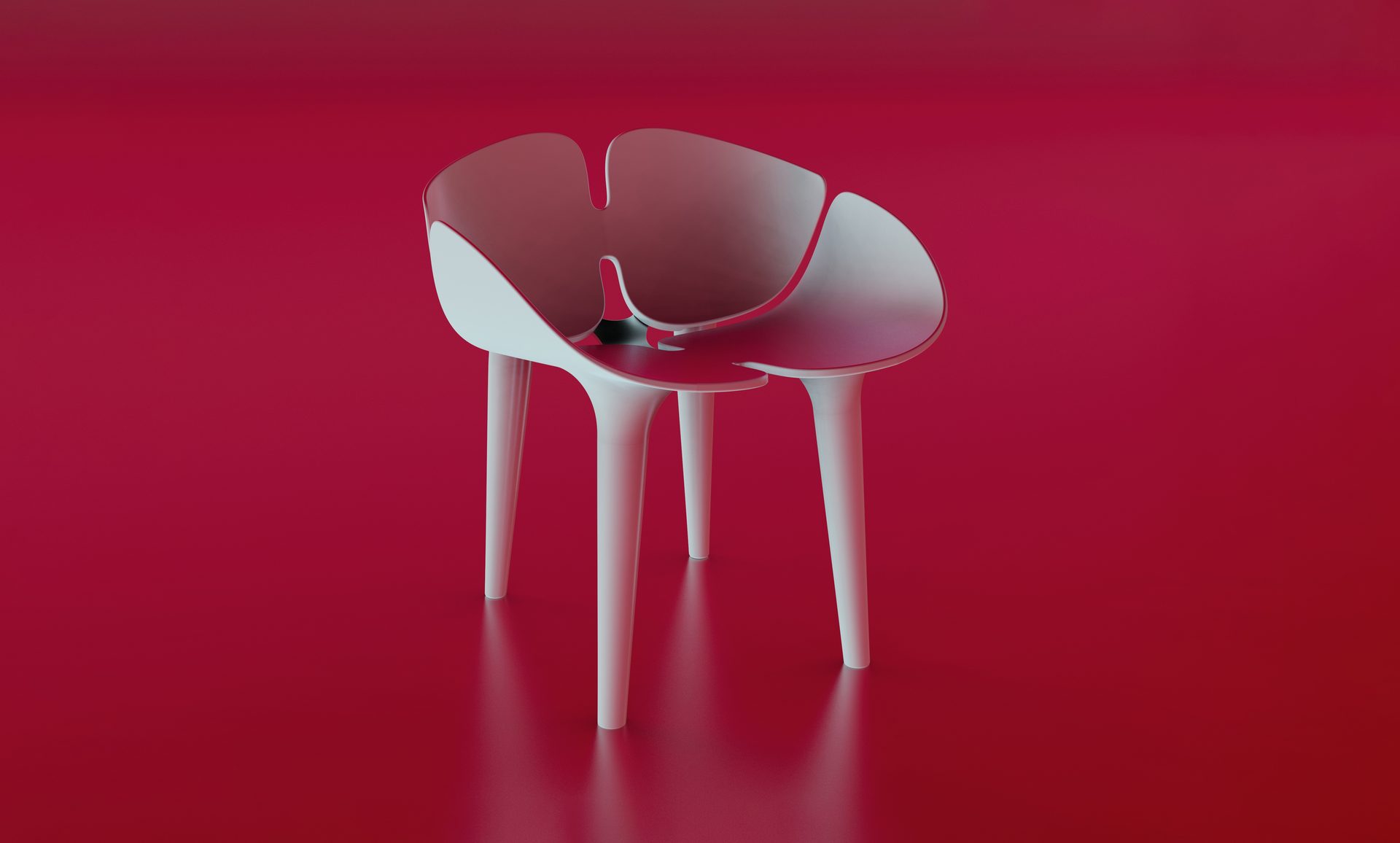OPEN-GROUND: Public Space as Climate Infrastructure
Redesigning Public Sports Courts for Cooling and Community
by Stephen Schad • July 30, 2025
above: A model representing Open-Ground
As climate change and extreme weather cause cities to grow increasingly inhospitable, University of Houston (UH) Gerald D. Hines College of Architecture and Design professor Daniel Jacobs' innovative project OPEN-GROUND: Public Space as Climate Infrastructure offers a new vision for urban resilience. Along with Brittany Utting (Rice University), co-founder with Jacobs of the design research practice, HOME-OFFICE, and co-investigators Daniel Floryan (UH), and Kelly Huang (UH), the American Institute of Architects (AIA) Upjohn Research Initiative recently awarded the team a $15,000 grant to pursue their research. This ambitious initiative combines architectural ingenuity with cutting-edge research to transform public spaces into multifunctional climate infrastructure.
“We began by studying a series of simple shaded sports court structures in Houston’s neighborhood parks,” shared Jacobs. “The project reimagines these buildings as replicable public infrastructures for water catchment, energy capture, and urban cooling.”
OPEN-GROUND aims to address the intensifying climate challenges in the Gulf Coast, particularly in communities disproportionately affected by flood risk and urban heat. The project reimagines public park structures, such as covered sports courts, as hubs for climate adaptation. Above ground, a multifunctional roof integrates recycled and renewable materials to provide shade, collect rainwater, and capture solar energy. Below ground, an intricate system of tubular chambers retains and filters rainwater, mitigating flood risks. Together, these components create a passive cooling system inspired by traditional wind tower designs, offering relief from heat while reducing the need for energy-intensive climate control systems.
The project's development spans multiple disciplines, leveraging expertise in architecture, material science, engineering, and environmental science. Through physical prototypes and advanced physical and virtual simulations, the researchers aim to test material assemblies and thermodynamic designs to create spaces that offer a new imaginary for how public infrastructure can serve communities.
“By working with community nonprofits and local organizations to understand their needs, OPEN-GROUND hopes to co-create a new vision for this future resiliency infrastructure.”

above: Brittany Utting and Daniel JAcobs, HOME-OFFICE Co-Founders
OPEN-GROUND also emphasizes a process of community engagement. Researchers will collaborate with local environmental nonprofits and civic organizations to help shape the design of these spaces. A public exhibition featuring immersive visualizations and hands-on workshops will enable communities to engage with the material and provide feedback on the design.
“These sports courts already serve as vibrant hubs for community gathering, local events, and daily basketball games,” said Jacobs. “By working with community nonprofits and local organizations to understand their needs, OPEN-GROUND hopes to co-create a new vision for this future resiliency infrastructure.”
At its core, OPEN-GROUND addresses climate justice by prioritizing neighborhoods most vulnerable to extreme heat and flooding. Through the transformation of public spaces into accessible, climate-resilient hubs, the project aims to enhance daily life while providing essential infrastructure, including free Wi-Fi, solar-powered charging stations, and public access to potable water.
above: renderings and Details oF OPEN-GROUND structures
Additionally, the project will serve as an educational tool, inspiring the next generation of designers and engineers. Collaborations with schools and universities will introduce students to innovative approaches to sustainable design, offering lessons in community-driven solutions for urban challenges.
What began in 2022 as a research initiative documenting Houston's park structures has evolved into a bold proposal with far-reaching implications. With support from the Upjohn Research Initiative, the project now enters its next phase, focused on prototyping, testing, and community engagement.
“Given the ongoing challenges that frontline communities face in a changing climate, the project aims to mobilize design to identify scalable solutions that are often overlooked,” shared Jacobs. “The support of the Upjohn Research Initiative enables us to test these speculative ideas in the lab and in the field.”
OPEN-GROUND promises to reimagine the future of public infrastructure and empower communities to adapt and thrive in an era of climate uncertainty. This project stands as a testament to the power of design and collaboration in confronting the climate crisis.
More Hines College Stories

Emine Canak (M.Arch. '16) has always been passionate about how spaces shape human experiences. Now the founder and principal designer of E Plus Interiors, her design philosophy is to create soulful, thoughtful spaces that reflect her clients. To students, she advises, "Go beyond studio walls, socialize, attend events, and connect with creative minds. Design is how you see and respond to the world."

Take a seat — the winners of the annual SIT Furniture Design Awards include four industrial design students from the Hines College! Camila Campos, Mary Leath, and Diya Suresh Nair were part of associate professor and industrial design co-director Jeff Feng’s INDS 3500 studio. Rachel Feine (M.S. ’25) entered the competition independently, wanting to explore playful, modular design in furniture to foster imaginative play.

What began as a classroom exploration in advanced UX design has quickly evolved into an internationally recognized achievement for the Hines College. Red Dot announced that NOMAD, a groundbreaking AI-powered, screen-free hiking system by recent industrial design graduate Varshini Chouthri, has been awarded the prestigious recognition of Red Dot’s “Best of the Best,” placing it among the top design innovations worldwide.




